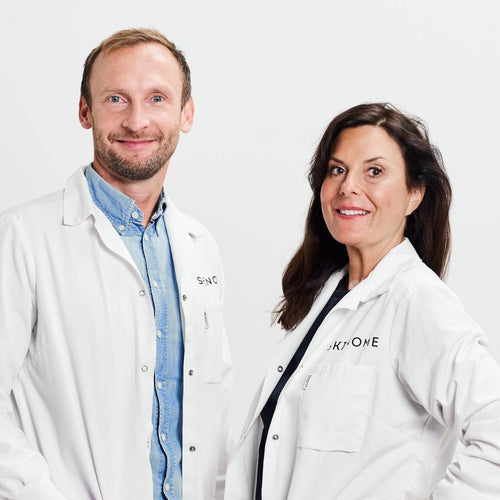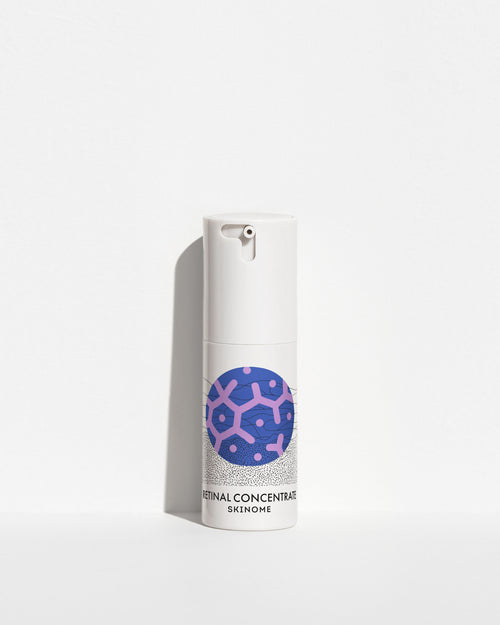2. Moisture, moisture, moisture!
You can help prevent dry skin or help your already dry skin by using the right skin care products. Humectants and emollients are undoubtedly the most important ingredients to look out for this season.
Emollient: Retains moisture in the skin and prevents it from becoming dry and flaky. They also have an occlusive effect, meaning they cover the top layer of skin (epidermis) to stop evaporation and are therefore important in preventing transdermal water loss (TEWL). In combination, this leads to a more effective barrier function in dry skin.
The levels of natural emollients in the skin change with the seasons. They are at their lowest in winter, which may be a reason why many people experience drier skin during this period. But by using skin care that contains these emollients, you are helping your skin along the way. A good tip is to first of all look for emollients that the skin itself produces, as they are natural for the skin. We call these ingredients skin-specific or skin-like. Examples of these are ceramides, squalane, lecithin and cholesterol. These are all found in the skin's own beneficial mixture of oils and water which, together with moisture-binding substances, are so important for healthy and strong skin.
Look for skin-specific emollients such as ceramides, squalane, lecithin and cholesterol.
Moisture binders: In order for the skin to retain moisture, we can help by adding ingredients that bind water in the skin. That's where moisture-binding substances come in. Examples of these substances are glycerin, urea, hyaluronic acid, amino acids and various types of salts. Glycerin, also known as glycerol, is found naturally in the skin where it binds water in the top layer and moisturizes the skin. Another substance that occurs naturally in our skin is hyaluronic acid, which has an amazing ability to bind water. However, applying hyaluronic acid has very little effect because this molecule is too large to penetrate even the top layer of your skin. Therefore, it is better to use one of the building blocks that make up this acid.
The building block we use is N-acetylglucosamine which can penetrate the skin's surface and once in the skin it helps produce hyaluronic acid which can then bind water and moisturize the skin. Our moisturizers also contain postbiotics, which also have an important function of moisturizing the skin in a biomimetic way (imitating the natural function).
Good moisture binders contribute to hydrated skin and these include glycerin, N-acetylglucosamine, postbiotics and amino acids.
When we develop Skinome's products, we put a lot of focus on using skin-specific or skin-like ingredients such as the softening and moisture-binding substances recommended above.













